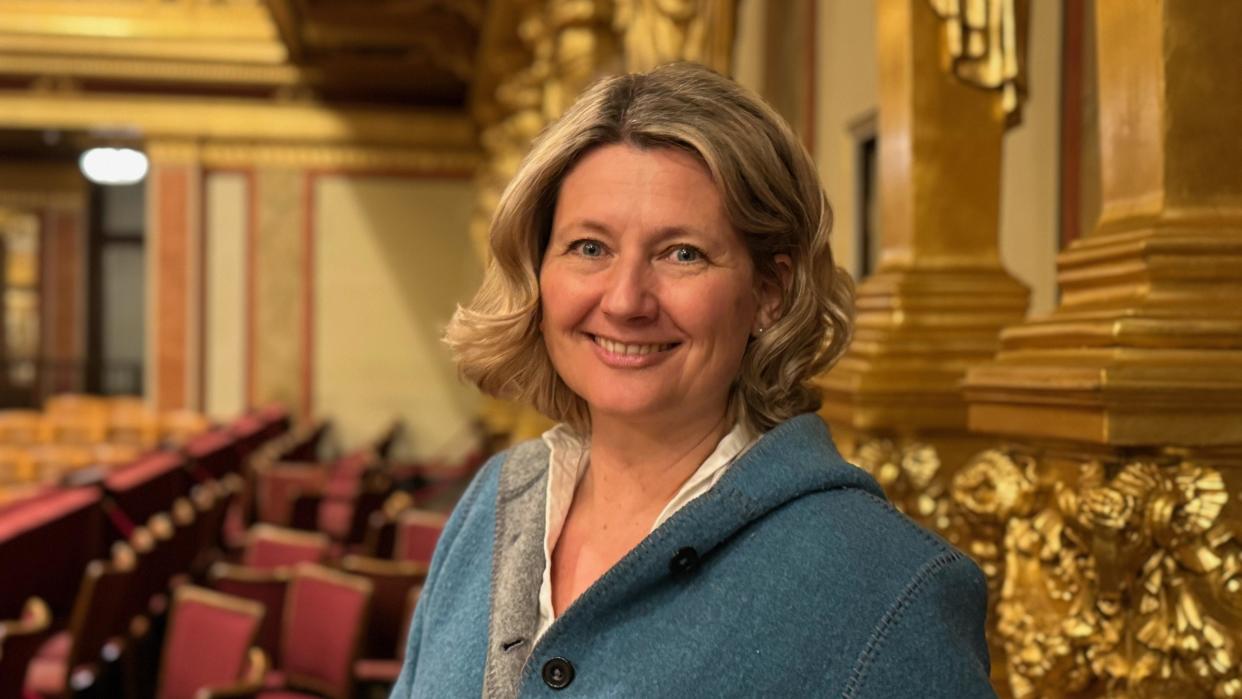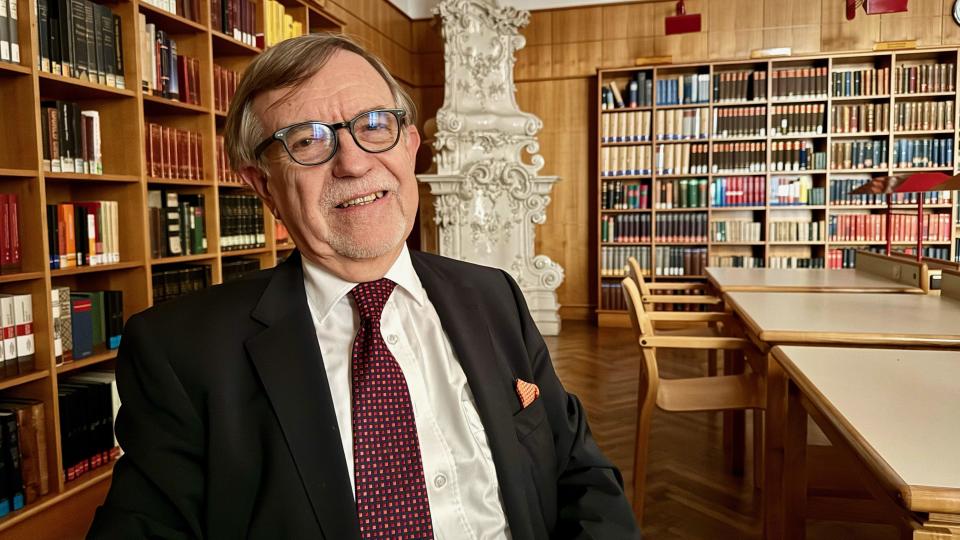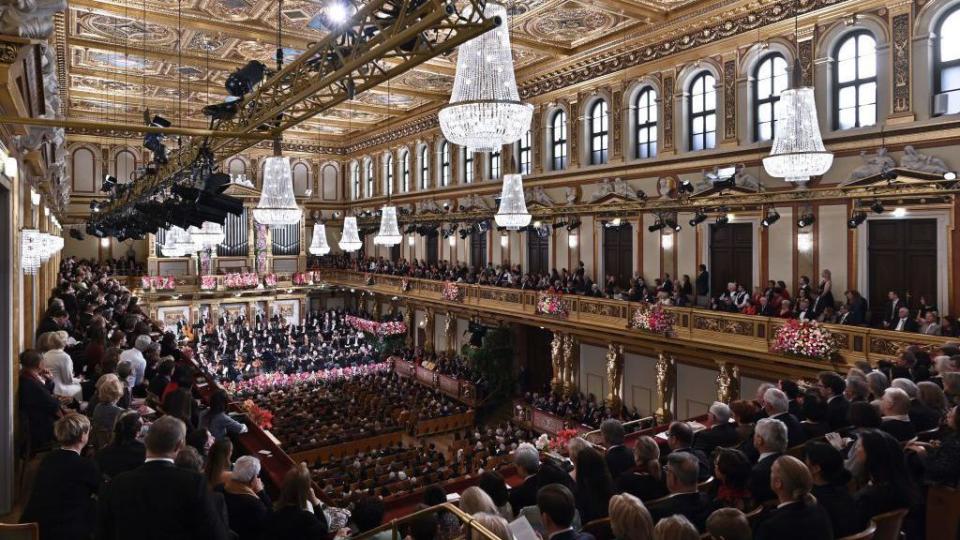Vienna goes wild for Beethoven masterpiece at 200

Vienna is preparing to host a series of performances of Ludwig van Beethoven’s Ninth Symphony to mark 200 years since its premiere on 7 May.
The symphony, widely regarded as one of the great masterpieces of Western classical music and culminating in the Ode to Joy, was first performed in 1824 in Vienna, where the German composer lived and worked for most of his life.
Now the city is celebrating with a series of performances of the symphony, notably by the Vienna Philharmonic Orchestra, conducted by famed Italian Riccardo Muti.
“It's the whole world to us to be able to sing this wonderful message of love,” Heidrun Irene Mittermair, an alto in the Vienna Singverein Choir, told the BBC. “You're lifted up at the end, when you're singing.”
Heidrun, like the rest of the singers in the Singverein Choir, is not a professional musician - she’s a schoolteacher. But her choir sings at Vienna’s famous Musikverein Concert hall, with the Vienna Philharmonic, one of the world’s finest orchestras.
Over the past few days, the choir has been singing the stirring Ode to Joy, the choral finale of Beethoven’s Ninth. Based on a poem by Friedrich von Schiller, it embraces a vision of universal brotherhood.

The musicologist Otto Biba said the symphony was revolutionary, partly because it culminated with singing.
“It was a symphony, but with something new in the fourth movement. There was a choir on the stage and the soloists were starting to sing," he said. "There were so many new details. It was very difficult for the musicians, and very experimental.”
“Beethoven opened the door to the future. It's a work left by Beethoven for the next generation,” Mr Biba said.
Elke Manner-Prochart, a mezzo soprano who also sings in the choir, said it was challenging to perform.
“We have three movements to be like an audience, but not as relaxed as the audience," she says.
"At the beginning of the fourth movement the heart begins to beat and we have to concentrate. And then it's a challenge, because we have, in a very short time... to give them all the emotions. It's not so easy.”
The symphony was first performed at the court theatre, the Kärntnertortheater, in Vienna in 1824. Beethoven himself was one of the conductors, despite his increasing loss of hearing.

In the orchestra were musicians who would later go on to become founding members of the Vienna Philharmonic.
Daniel Froschauer, first violinist and Chairman of the Board of the Vienna Philharmonic, says the piece is part of the orchestra’s history.
“It’s part of our DNA, a unique piece,” he told the BBC.
“It's an outcry for peace. It's an outcry for unification, it's an outcry for brotherhood, and obviously, it's also the European Anthem,” he said.
“It takes something out of you to play it. Beethoven challenges you, there's no question. At the beginning, for example, you don't know whether you're in D minor or major, it's not declared. It just immediately takes you in a different cosmos.”
Heidrun Irene Mittermair says that, for her, the greatness of the symphony lies in the way it moves “from the darkness to the light”.
“When you hear the violins or the basses towards the end, when the choir is starting, when the soloists are singing, everything is like exploding in joy, exploding in light and happiness, so that not one bit of this darkness is here any longer,” she said.
“I think Beethoven had a lot of darkness in his life. And I think with this Ninth Symphony, he overcame it.”

 Yahoo Lifestyle
Yahoo Lifestyle 
